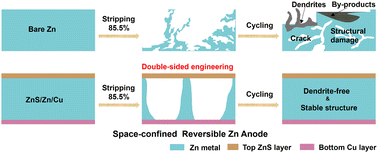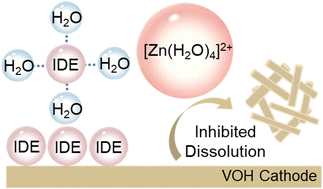Energy Environ. Sci., 2024, Advance Article
DOI: 10.1039/D4EE00068D, Paper
DOI: 10.1039/D4EE00068D, Paper
Chen Xie, Xianghui Zeng, Chengsheng Li, Xiaokang Sun, Songqiang Liang, Hui Huang, Baoshen Deng, Xuanlin Wen, Guangye Zhang, Peng You, Chuqun Yang, Yulai Han, Shunpu Li, Guanghao Lu, Hanlin Hu, Ning Li, Yiwang Chen
A mesoporous layer was constructed by a donor-based nanoparticulate water-ink, which facilitates the infiltration of the acceptor, allowing the fabrication of efficient organic solar cells with a high thickness tolerance.
To cite this article before page numbers are assigned, use the DOI form of citation above.
The content of this RSS Feed (c) The Royal Society of Chemistry
A mesoporous layer was constructed by a donor-based nanoparticulate water-ink, which facilitates the infiltration of the acceptor, allowing the fabrication of efficient organic solar cells with a high thickness tolerance.
To cite this article before page numbers are assigned, use the DOI form of citation above.
The content of this RSS Feed (c) The Royal Society of Chemistry

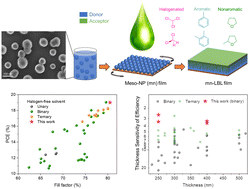
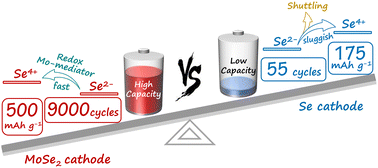
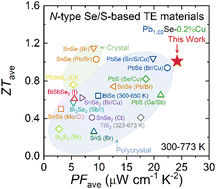
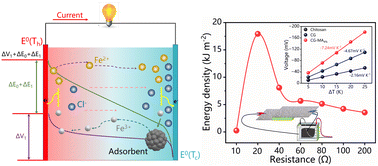
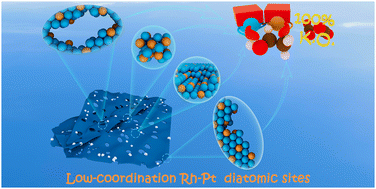
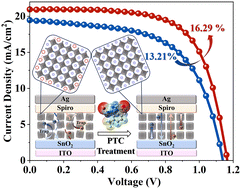
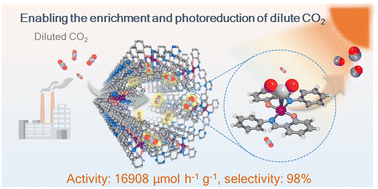
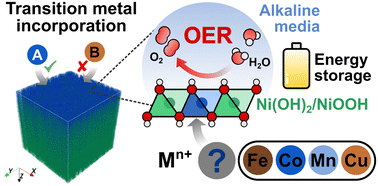
 Open Access
Open Access
